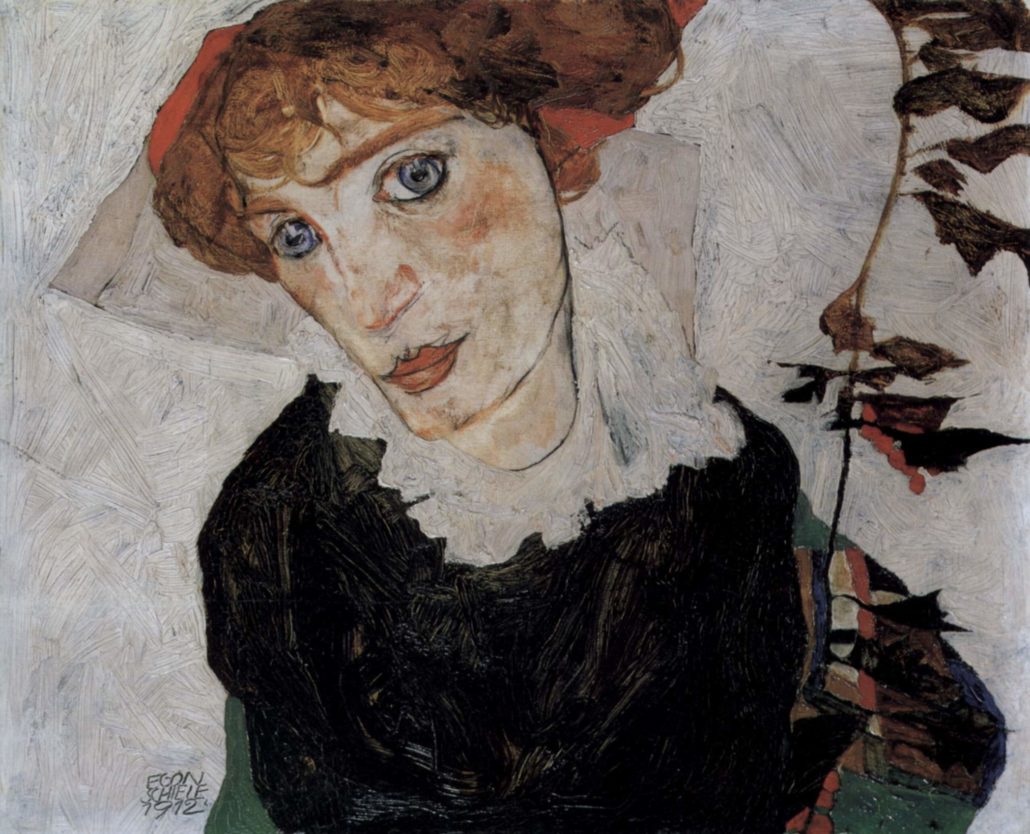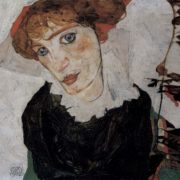Freedom of the Press?
In a world where museum boards are composed of the wealthy and the powerful, it is no surprise that there is increasing pressure on the media to be “museum friendly”. In the wake of Professor James Beck’s questioning of the attribution of the Madonna of the Pinks, newly acquired — with much fanfare — by the London National Gallery, the Director of the museum “opened discussions with The Times about their coverage of Raphael’s Madonna of the Pinks and was meeting with its editor.”
Undoubtedly the press attention to Beck’s identification of the painting as a 19th century copy detracted from the accolades surrounding the acquisition and the subsequent Raphael exhibition.
Nonetheless, the critical ties between museums and the media are becoming more and more apparent. After a few years of comparatively weak attendance figures, the National Gallery’s attendance was up 13.75% in 2004. The reason for this is not the Pinks itself, a small and fairly unremarkable work in comparison to the painter’s oeuvre, but because of the media hype surrounding the acquisition, an issue which turned quickly into one of nationalism. So press attention is undoubtedly a good and necessary thing for the profit margin of the museum industry… But can they take the good with the bad?
If one is made somewhat uncomfortable by the unspoken agenda for such a meeting between an institution and the ostensibly unbiased press that covers it, there is truly a chiller wind blowing right here in New York City. Long-time NPR contributor David D’Arcy was suspended after reporting on 27 December 2004 on an Egon Schiele painting that had been on loan to the Museum of Modern Art in New York. The issue at hand is one of repatriation of art looted by the Nazis during World War II, in this case Egon Schiele’s Portrait of Wally (1912), which was lent to the MoMA from Austria’s Leopold Museum for an exhibition in 1997. The heirs of Viennese dealer Lea Bondi subsequently claimed ownership of the work, arguing that it was erroneously returned to a different family after the war, by whom it was sold to an Austrian museum and finally ended up in the possession of Dr. Rudolf Leopold.
The story itself is not a new one, as the legal issue as to the painting’s ownership has been been debated in the US courts since 1998, and a trial is set to begin next year. According to D’Arcy, the MoMA declined to comment on the story, and he reported: “When MoMA has discussed the case over the past seven years, the museum has said it’s bound by its loan contract to return the painting, and that position is backed by the American Association of Museums, by art museums throughout the country and by Ashton Hawkins, a former museum lawyer who advises dealers and collectors. He contends that the Schiele case has had a chilling effect on international art loans.”

While the MoMA did not want to talk to D’Arcy, they apparently approached NPR , after which NPR disciplined both D’Arcy and the editor for the piece, and posted a correction to the story: “The government, not the museum, has custody of the artwork. The museum says it took no position on the question of the painting’s ownership. NPR failed to give the museum a chance to answer allegations about its motivations and actions.”
At the outset, the story was covered only on ArtNet.com and in a posting on ArtsJournal.com — in other words, the “alternative” electronic media, rather than the traditional press. Perhaps encouraged by this dearth of reporting on the matter, the MoMA was not inclined to0 respond to requests for information regarding the correction or D’Arcy’s punishment. ArtWatch President James Beck sent letters on 7 March 2005 to several members of NPR’s board, including the President, the Board Chairman and Vice-Chairman, the Ombudsman, and the Senior News Analyst, which read:
“A situation surrounding the removal from NPR of the cultural and arts journalist David D’Arcy has come to our attention. Actually, I know and have admired his work over two decades. We at ArtWatch have been able to listen tothe original program, and also have a text, together with the so-called correction issued by NPR. Given the high, not to say, impeccable reputation of NPR’s reporting, and the devotion and dedication of its listeners, the case is very puzzling. Before entering into the question, we wish to have all the facts in hand, and for this reason weturn to you for clarification and assurances.
ArtWatch is concerned that independent, disinterested, and uninfluenced reporting about art may be in jeopardy. Even powerful institutions like the Museum of Modern Art should not be allowed to influence transparency and the free reporting of information.”
A reply of 9 March was sent from Emily Littleton, Manager of NPR’s Corporate Communications: “NPR’s Ombudsman, Jeffrey Dvorkin, and Tim Eby, Chairman of the NPR Board of Directors, have forwarded your e-mails to me. We note the views you expressed and we thank you for taking the time to share them with us.” The response was both indirect and guarded, despite an NPR Code of Ethics which calls for “journalistic independence” and the maintenance of a bond of trust with its listeners.
It is surprising that Ombudsman Jeffrey Dvorkin did not respond to the letter, but rather sent it along to be handled by the Corporate Communications division. Dvorkin had on the 8th of March appeared as a guest on NPR’s The Connection in a segment entitled “The Listener’s Voice.” On The Connection’s website, Dvorkin is made out to be an advocate for the NPR audience: “Dvorkin aims to be that direct link between NPR and its listeners. At a time when the news media is under increased scrutiny, Dvorkin says NPR needs its ownset of internal ears as a way of listening to critics and then responding.”
Mr. Dvorkin did finally address the issue on 15 March (“Reporting on the Powerful”) for his regular column on the NPR website. Couching his response in the most general of terms, he argued that the report did not “fully and accurately present all of the facts,” claiming that “the report did not give MoMA a chance to respond to specific and direct charges leveled against it”. The reporter, David D’Arcy, was not mentioned by name, nor was the action taken against him referenced in any way.
While Mr. Dvorkin may believe that this is sufficient in settling this potential public relations crisis and answering the concerns regarding the removal of D’Arcy, he raises issues that require further discussion. How is it, for example, that the MoMA and NPR stand by the notion that the museum was not permitted to respond to the piece, when D’Arcy adamantly insists that his inquiries to the MoMA went unanswered?
The media may soon catch on to the scandal brewing at the MoMA and become aware that the issue at hand is of critical importance to the validity of the entire profession. An item by Tim Rutton appeared in the Los Angeles Times on 19 March that presented D’Arcy’s side
of the case and criticized NPR’s and Dvorkin’s evasive response to the public’s concerns. ArtWatch likewise is determined to not let the influence of museums remain unchecked and will continue to request clarification from NPR’s board members and from Mr. Dvorkin.
For years, ArtWatch has called upon these institutions to become more transparent in terms of their policies and practices. Yet the dismaying trend, as evidenced by the new standards put forth by the International Council of Museums (ICOM), has been to limit the transmission of information to a concerned public. Now we are made more aware that the power of these institutions extends far beyond their own walls, and may in fact be threatening the free reporting of the press.

